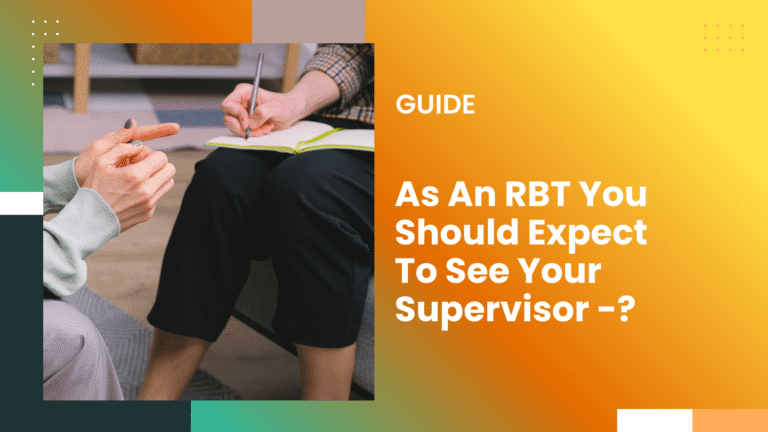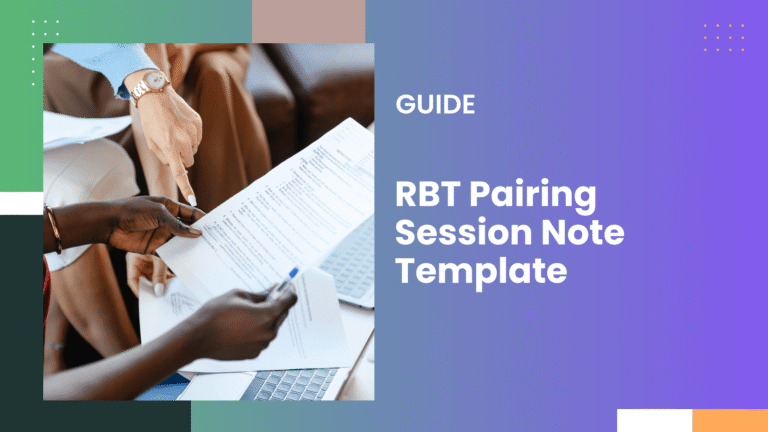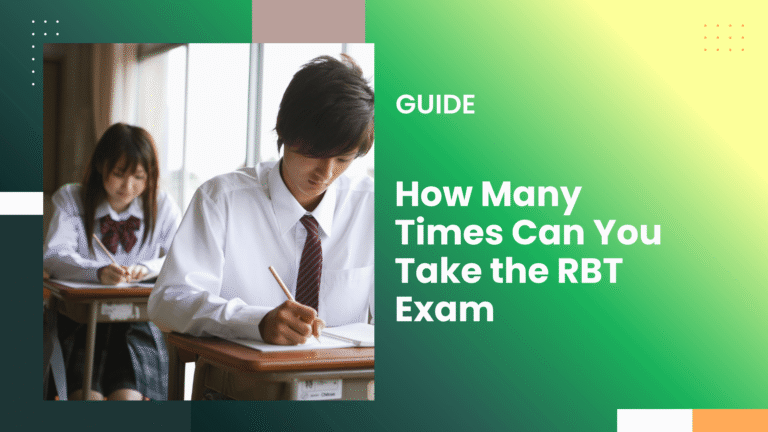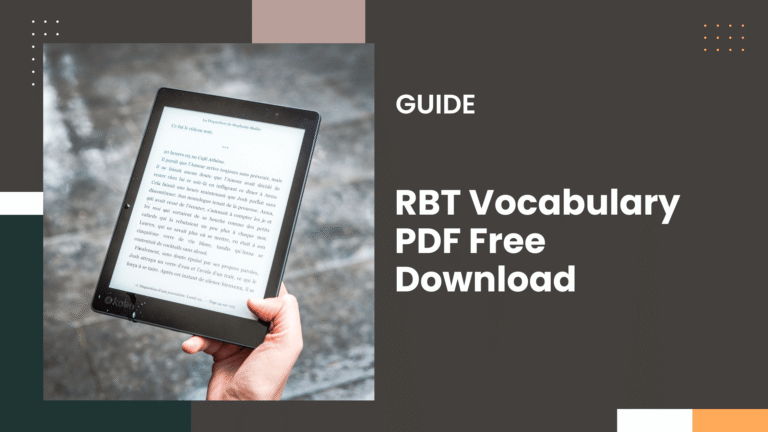Free Good Practice Exams For RBT | Updated for 2025
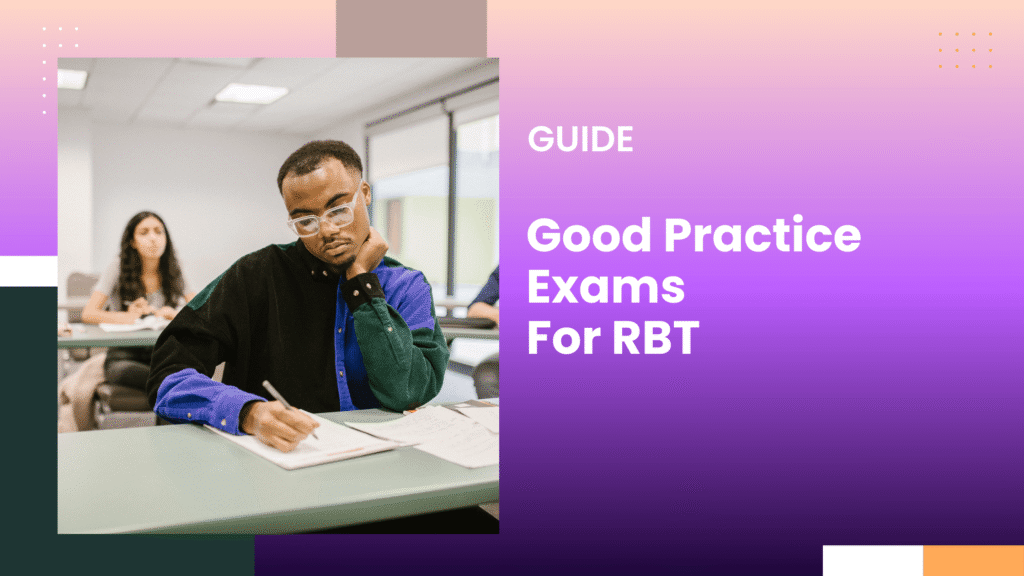
Use our free Good Practice Exams for RBT tests to prepare and help you study and pass the RBT exam. It includes mock questions, flashcards, and more.
The RBT certification exam is administered by the Behavior Analyst Certification Board, and I have personally given this exam. So, I know how they test.
I am curating this test series to test you across all spectrum of the syllabus, from Measurement to Ethics.
Click on the “Start Test” below to take a free RBT Mock exam. I will also grade your performance at the end.
Good Practice Exams for RBT
Question 1 |
Immediately implement a new extinction procedure | |
Document and report the behavior to the BCBA before intervening | |
Redirect the client to another activity without documentation | |
Inform the parents after the session and ask for suggestions |
Question 2 |
Give the snack in small amounts to avoid a severe reaction | |
Refuse to give the snack and explain health/safety risks | |
Replace the snack with a similar one without informing the parent | |
Call your BCBA but still use the snack until told otherwise |
Question 3 |
Only reinforce the full word “ball” from now on | |
Switch to a different word to keep motivation high | |
Reinforce “ba” and prompt toward “ball” again | |
Withhold reinforcement entirely until “ball” is spoken |
Question 4 |
Remove the math task permanently | |
Implement a competing response immediately | |
Pause the task and report the pattern to your BCBA | |
Give a break and resume without changes |
Question 5 |
Politely explain that it disrupts data accuracy and request space | |
Allow the sibling to help for rapport building | |
Ignore the sibling entirely and focus on the client | |
End the session early to avoid confrontation |
Question 6 |
Ignore the scripting entirely and continue play | |
Prompt functional language as outlined in the plan | |
Interrupt scripting with unrelated questions | |
Ask the parents to address scripting at home |
Question 7 |
Use the sticker chart as suggested | |
Delay reinforcement until the token board is found | |
Pause that program and run others until guidance is received | |
Create your own token board design without approval |
Question 8 |
A client begins engaging in a dangerous self-injurious behavior (SIB) during a session. The plan instructs you to block and redirect. The parent is recording the session and tells you to “just ignore it so it stops.” What’s your correct response?
Follow the parent’s request to avoid conflict | |
Stop the session until the BCBA can intervene | |
Follow the behavior plan and block/redirect | |
Physically remove the client from the room |
Question 9 |
Refuse the item since it’s not on the plan | |
Tell the client they can have it after the session | |
Ask the parents if you can use it | |
Provide the item to maintain motivation and note it in data |
Question 10 |
During group instruction, you notice one client consistently models inappropriate behavior for others. The behavior plan says to use planned ignoring for that client. What’s your best course of action?
Remove the client from the group permanently | |
Verbally correct the client immediately each time | |
End the group activity early | |
Follow the planned ignoring procedure while keeping group instruction moving |
Question 11 |
Continue following the current behavior plan and document the occurrence in detail | |
Implement a new strategy you believe will work immediately | |
Ignore the behavior since it is a common pattern | |
Call the parent to discuss alternative strategies |
Question 12 |
Continue the assessment as planned to maintain consistency in data collection | |
Pause the assessment, document observations, and notify the BCBA | |
Modify the assessment on your own to fit the client’s comfort level | |
Offer only highly preferred items to reduce stress |
Question 13 |
Continue collecting all required data without skipping steps | |
Agree to skip data points since mastery appears evident | |
Collect minimal data and fill in missing details later | |
Only collect data on incorrect responses |
Question 14 |
Remove the token economy entirely for that session | |
Adjust the ratio to calm the client | |
Maintain the prescribed ratio schedule and implement the plan as written | |
Switch to a variable ratio schedule for flexibility |
Question 15 |
Implement the parent’s requested procedure to maintain rapport | |
Test the procedure discreetly and document results | |
Agree to try it next session if the BCBA approves | |
Explain that you must follow the current treatment plan and cannot implement unapproved procedures |
|
List |


